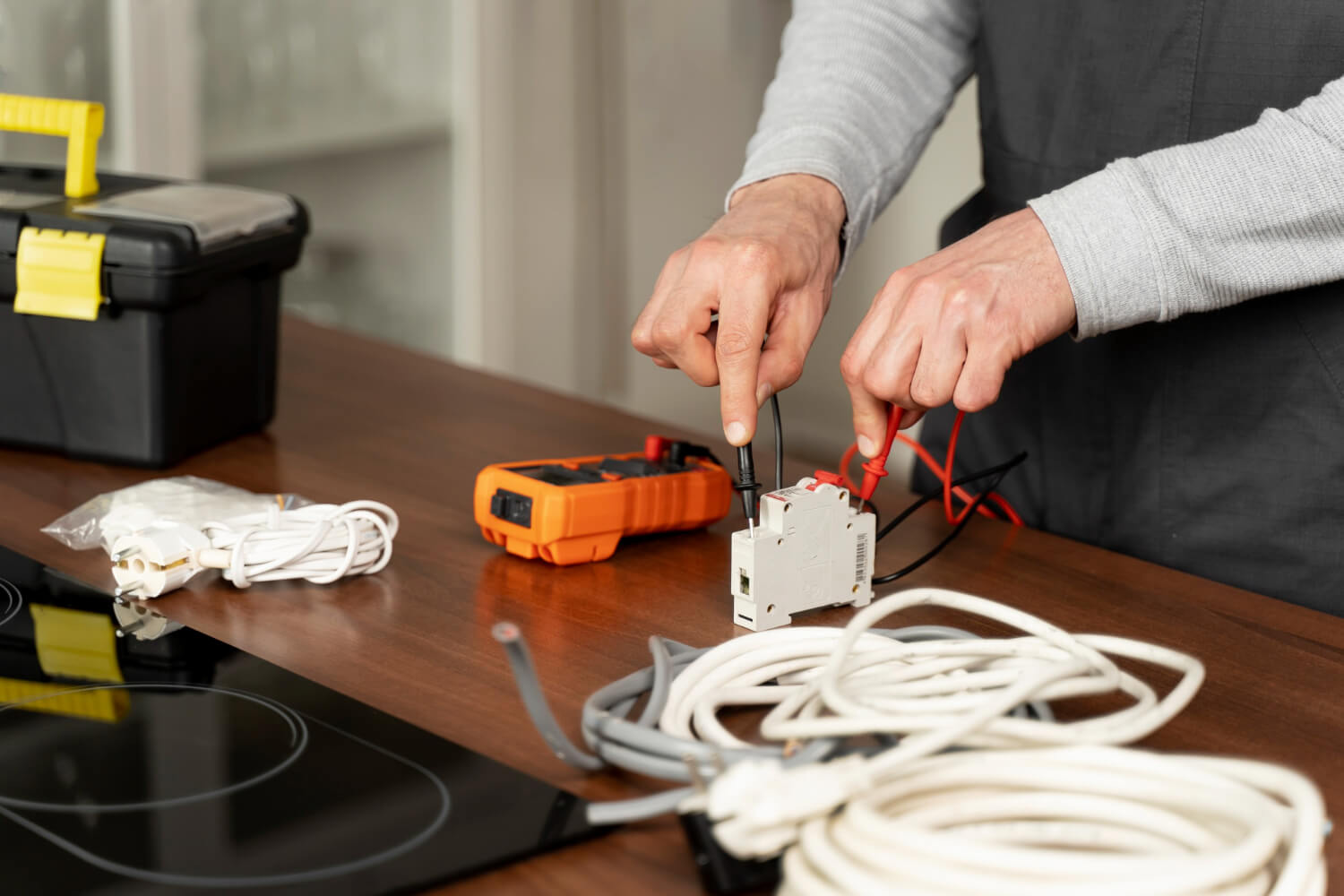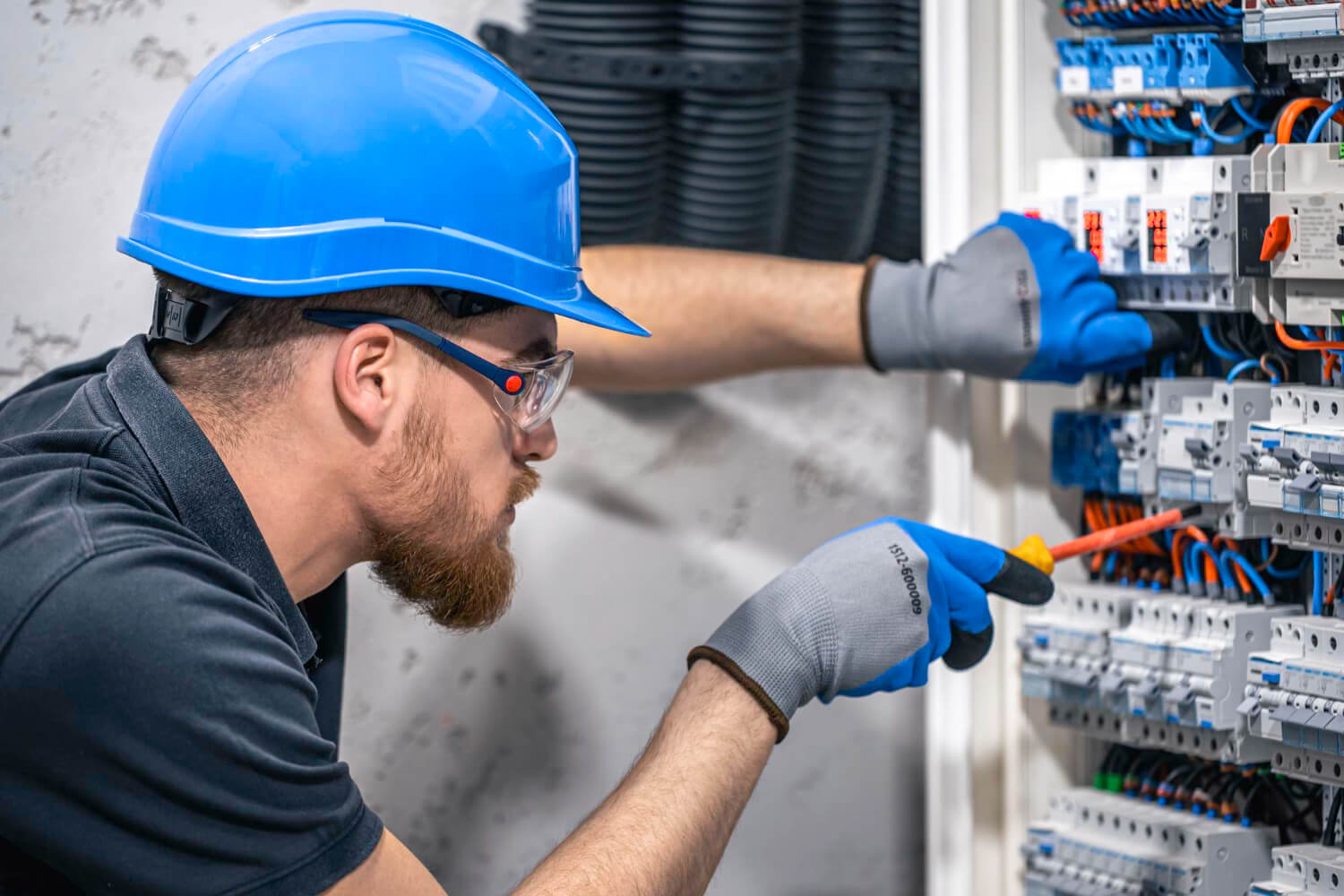Circuit breaker testing is a significant safety measure. Check your circuit breaker regularly to ensure that it’s safe and reliable; if the circuit breaker is faulty or damaged, it could overheat, resulting in a fire!
This article will examine testing a circuit breaker with a multimeter and circuit breaker testing equipment. Circuit breaker testing and contact-resistant measurements are essential to protect your power equipment’s safe and reliable performance.
Why Should You Test Your Circuit Breaker?
Circuit breaker testing must be carried out regularly. Your circuit breaker is your first line of defense to prevent an electrical malfunction and keep your home and possessions safe. As a circuit breaker ages, it may become faulty, which can be very dangerous.
The best way to see if your circuit breaker is working correctly is to perform a timing test. Check the motion of the moving parts, validate the operation time, and verify the manufacturer’s specifications. Then, determine wear and damages, then the overall breaker capabilities.
You will know that your circuit breaker is faulty if it regularly trips. This could be due to a short circuit, power surge, or circuit overload. Other symptoms your circuit breaker might exhibit that you should watch for include:
- A burning smell
- Hot breakers
- Worn out parts
- Visible damages
- The breaker won’t reset
- Short circuits
Common Circuit Breaker Testing Equipment
Multimeter
A digital multimeter is a testing tool used to measure two or more electrical values. It measures amps, volts, and resistance across circuits. The device comprises a digital or analog meter, batteries, resistors, and other circuitry. This ensures the accurate measurements of several electrical quantities with high accuracy and speed.
Testing the circuit breaker with a multimeter or other equipment should be done carefully.
Insulation resistance tester
These devices are used to help prevent electric shocks and short circuits. The electrical safety testing standards require this type of testing. The test measures the insulation resistance of a device while the phase and neutral wires are short-circuited together.
The resistance measured must be higher than the indicated limit by the International Standards Board. A megohmmeter/teraohmer measures the ohmic value under a direct voltage.
Contact resistance tester
A contact resistance test is used to test the resistance to current flow. This process is also known as Ductor testing. The test measures the resistance of electrical connections such as terminations, joints, connectors, busbar sections, and cable connections.
The instrument used to perform this test is called an Ohmmeter.
Thermal imaging camera
This type of camera takes thermal images by converting infrared into visible images showing the temperature difference. Technicians use the IR camera to take pictures and concentrate on the equipment and electrical connections.
This allows them to look for areas that show greater heat patterns. Ideally, the load should be balanced.
Steps for Testing a Circuit Breaker
Follow these simple steps to ensure that your circuit breaker is working correctly.
Ensure safety by disconnecting the power supply
When working with electricity, following the correct safety measures is very important. Before you start, unplug and switch off all the electrical appliances connected to the wiring.
Flip the breaker switch up and down. If it doesn’t stay in the “on” position, the breaker has a problem.
Use equipment to test for continuity and voltage.
Please turn on your multimeter and set it to read the voltage. Touch the red power lead on the multimeter to the screw that feeds power to the breaker. A black wire will connect it. Touch the neutral probe of the multimeter to the grounded box.
The meter should now show a reading. If there is no voltage reading, your circuit breaker must be replaced.
Investigate the ways to identify tripped breakers
If your circuit breaker works correctly, it should be in the on position. A tripped breaker will be halfway between the on and off position. Some breakers have a red or orange tab indicating whether the breaker tripped.
Examine physical damage or overheating indications
If you smell burning or feel the heat radiating from your circuit breaker, this indicates a big problem. Your circuit breaker is most likely overheating, which could cause an electrical fire!
Overheating could be caused by:
- Loose connections
- The current limit being reached
- Faulty or damaged circuit breaker
Call the experts if your circuit breaker is hot to the touch, as DIY can be very dangerous.
Contact ESD LLC to Support Testing Your Circuit Breaker!
If you need help with circuit breaker testing or think that it might be time to replace the one you have. Contact Electrical Supply Distribution; we are one of the leading providers for all your circuit breaker and electrical equipment needs.
Our experts are available to answer any question; they have years of experience, so they can help you make the best choice for your home. ESD has been in the electrical business for over 10 years and has countless satisfied customers.



